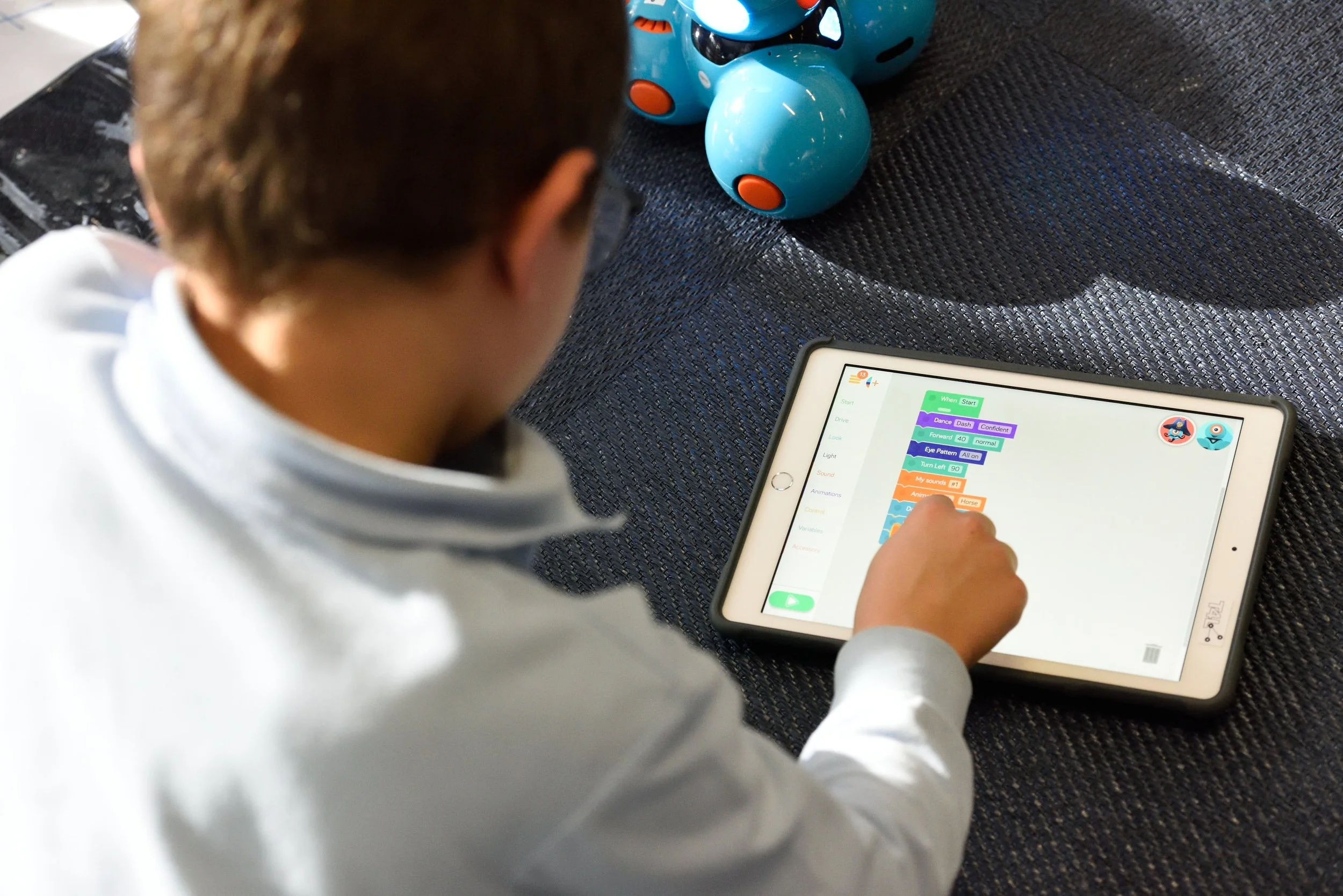Today, AMT Lab is taking a look back on our content about technology and the arts’ roles in education, gamification, and public policy.
Virtual Music Collaboration Tools: The Alteration of Rehearsal and Performance Spaces Post-Pandemic
During the COVID-19 pandemic, many who had the option began to work from home or work remotely as a safety precaution. Apollo Technical conducted a survey which suggests that in May 2020, over 26% of employed individuals worked from home. Over the course of the pandemic, that number increased to about 70%. Technology is capable of incredible things, making this remote work possible without the presence of an office or communal workplace. For musicians however, this is a different story.
Technology Connecting ICH Motivations and Safeguarding Responsibilities
In an increasingly virtual work environment, digital technology is becoming a standard tool for creative industries. Cultural heritage work is no different. A broad variety of tools are being used to safeguard cultural heritage sites and objects, from partnering 3D modeling, drones and artificial intelligence for a preservation project on the Great Wall of China, to virtual reality being used to replicate and recreate the Dunhuang Caves. With the growing attention for intangible cultural heritage (ICH), it is important to explore what digital tools are being used for fulfilling intangible cultural heritage safeguarding responsibilities and what opportunities exist for other projects and their practitioners.
Theatre Collaboration Technology: A Blue Ocean to Explore
Theatre production collaboration has long been an analog, face-to-face process. When the COVID-19 pandemic hit in 2020, many theaters moved to innovative, online production models. Without the ability to meet in person, the meta processes of production had to shift online too, and theaters were forced to contend with a new landscape of production possibilities. Now that theaters have proven that they can produce in digital formats, what would happen if they approached opportunities for digital collaboration with intention and care?
Examining Digital Collaboration in Theatre Production Processes
Theatre is known for being a highly collaborative art form. At least pre-pandemic, it was also an art form customarily shaped by in-person ideation and collaboration. Now that theatremakers across the globe have spent 19 months rethinking their relationship to in-person production and experimenting with virtual alternatives, the question emerges - how is collaboration in theatre production process evolving from its ancient and analog roots?
White Paper Wednesday: Tech and Collaboration
What happens in the arts when there are barriers to collaborating across a physical shared space? How can arts organizations benefit from emerging technological trends and harness the capabilities of online collaborative technologies for the unique purpose and needs of collaborative artistic projects
Research Update 2: How Technology Can Support Artistic Collaborations
Introducing new technology into a tried and true process is an experiment— as such it comes with risk. However, if we leave our comfort zone, think critically about the strengths and weaknesses of our processes as they currently exist, and entertain how technology could allow for deeper and more efficient collaboration, we may find new opportunities for innovation in this vital area. The Oregon Shakespeare Festival (OSF) did exactly that to remarkable success.
Research Update 1: How Technology Supports Collaborative Artistic Projects
Picture a producer preparing for the upcoming world premiere Contemporary Color, “a pep rally pop music mashup.” Conceived by David Byrne and commissioned by Luminato Festival and Brooklyn Academy of Music, Contemporary Color will bring together artists such as Nelly Furtado, St. Vincent, and Ira Glass, 350 performers, and a 15 piece band for its world-premiere performance in Toronto this summer. Not only are the artists, performers, and musicians all located in different cities across North America, great distances also separate the designers, technicians, and other producers. To coordinate the project across these distances, the producer relies on online collaborative tools to orchestrate the project from pre-production to post-production.













